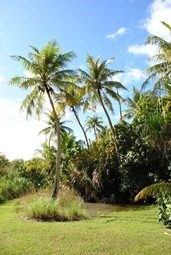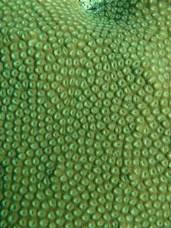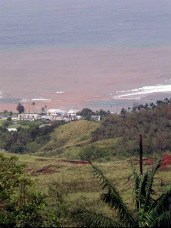

The World Beneath the Waves The beautiful, fragile marine life in the waters around Guam draws tens of thousands of visitors each year. Tourists and locals are fascinated and intrigued by the colorful coral reefs that continue to entice snorkelers and divers. Now you too can discover that the ocean has much to teach us by learning about the park's coral reefs. Find out more about cool coral features. 
The War on the Reefs Over time coral reefs have been used - and sadly, abused. Natural disasters such as high-powered storms and wildfires have wreaked havoc on marine communities. Amphibious landings in World War II saw heavy equipment driven over reef after reef, island after island. Today, continued anthropogenic (human) impact continues to take its toll. Discover the problems coral reefs face and how you can help care for them. |
Last updated: March 1, 2015
